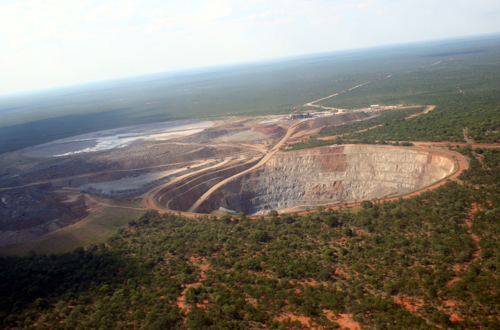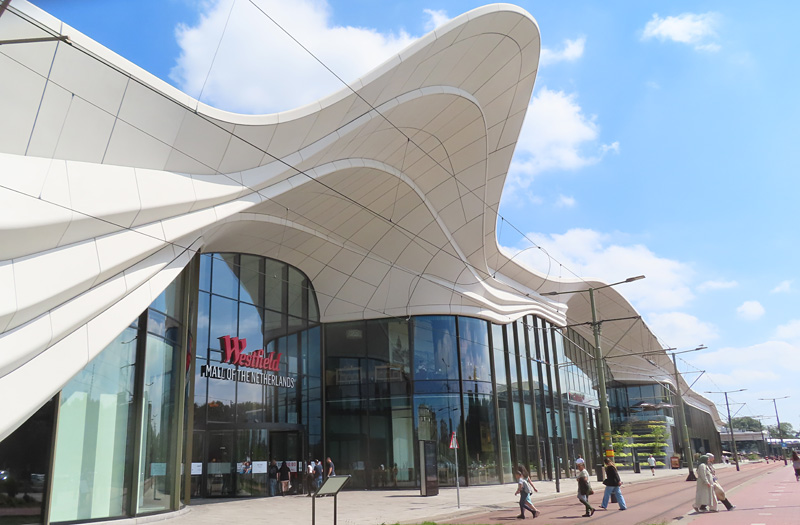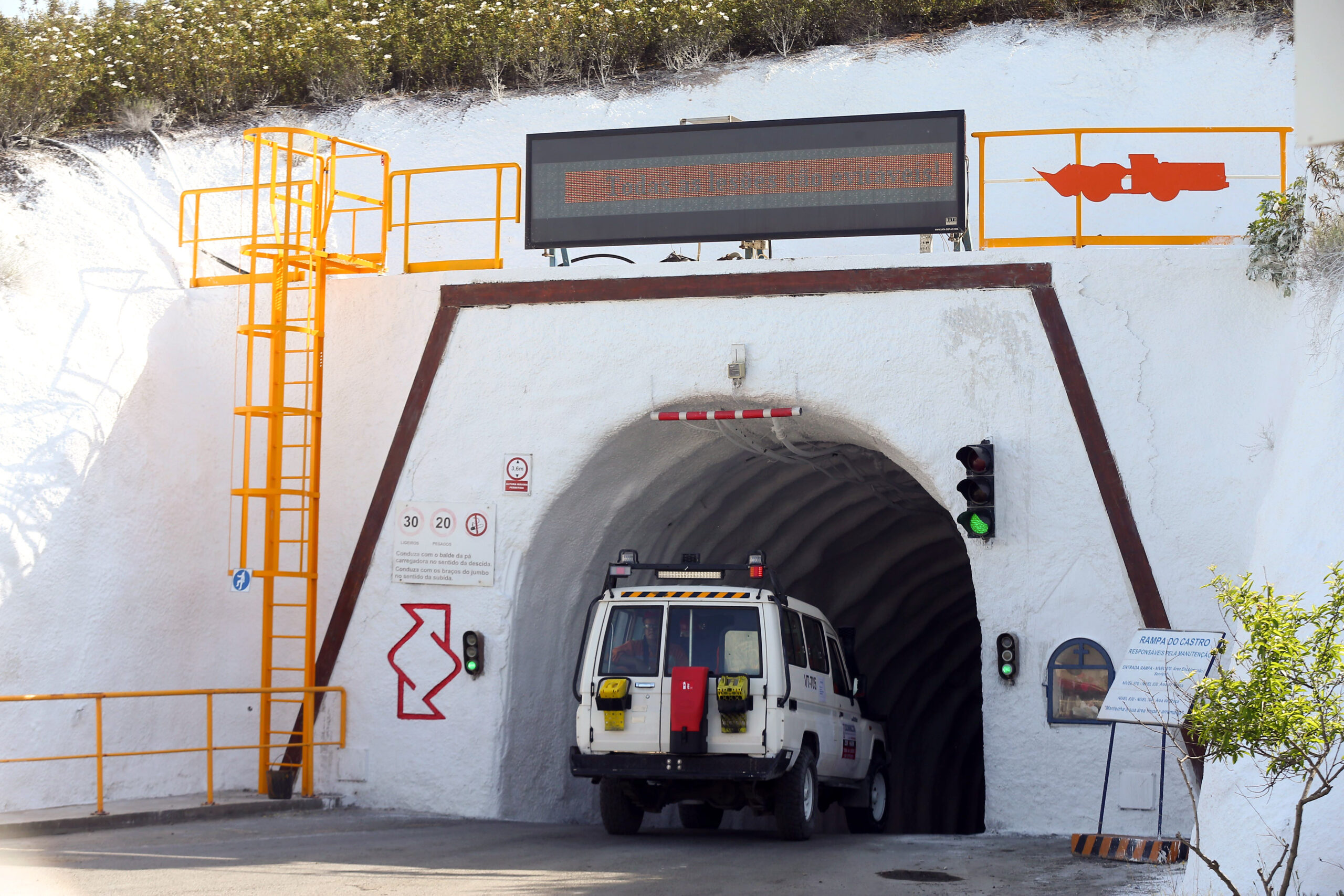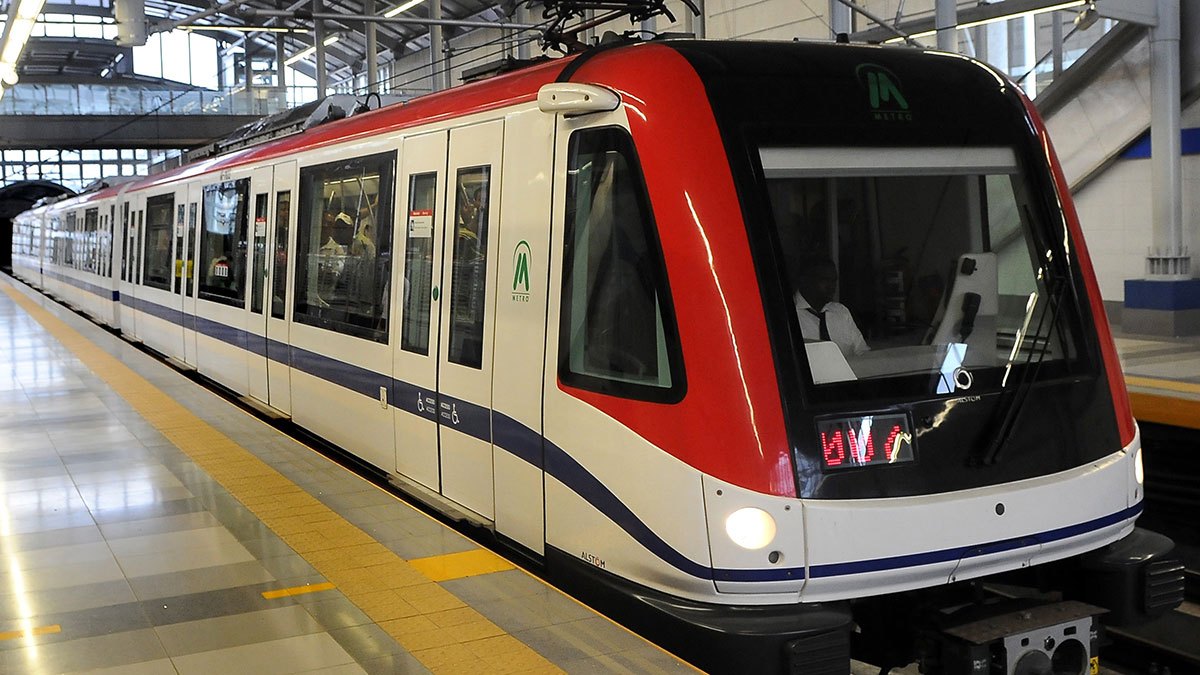
Mining activities have been taking place in Botswana since the nineteenth century with the advent of the gold rush in the northern part of the country and have since acted as the backbone of the country’s economy. This has been particularly true in the last four decades, during which time Botswana’s hugely significant diamond sector has helped drive the economy to new heights. Today the mining industry remains the main driver of economic activity in Botswana and is forecasted to sustain the economy further into the future.
The Botswana Chamber of Mines (BCM) is an organisation established over 20 years ago with the purpose of serving the interests of mining and exploration companies operating within the county, together with associated industries. In its role, the BCM aims to ensure that legislation in the country is conducive for mining companies and at the same time developing good working relationships with the legislator and other stakeholders.
“The Chamber was formed with the idea to represent the interests of the mining companies within Botswana and really promote their ideas to make sure that mining in the country takes place as smoothly and responsibly as possible, and in a sustainable manner,” says its CEO, Charles Siwawa.
Initially the BCM was made up of a small handful of companies which came together to share ideas about how they could contribute to improving the mining situation in the country. Twice a year these companies would gather, along with leaders in the fields of health, safety and the environment. However it soon became clear that for real progress to be made a dedicated office or Secretariat was required to carry out the functions of the group. This dedicated office was established in 2010 with Siwawa at the helm.
Today the BCM boasts close to 30 members, over half of which are exploration companies, a figure that typifies the rapid increase in the number of companies now present in Botswana that are searching up and down the land for various minerals. Indeed the country’s mining sector has come a long way in a matter of a few decades from being a purely diamond and copper driven industry to a varied centre of mining activity and this is reflected in the work of the BCM in 2013.
“One of our primary objectives at present,” Siwawa explains, “is trying to diversify the economy away from being one that is single source driven and this has required the industry to look at the potential of other minerals, rather than say just diamonds or copper. This approach is also playing an important role in the country’s Economic Diversification Drive, whereby the aim is to further rejuvenate the economy of Botswana by internalising its own purchasing power in order to invest capital across multiple industry sectors.”
Attracting foreign direct investment (FDI) from overseas is equally fundamental to Botswana’s long-term prosperity. In this arena the BCM is working in conjunction with the government to attract investment by way of marketing what the mining sector has to offer in terms of medium-to-long term profits and growth opportunities.
As the government and the BCM look to establish Botswana as a hub for mining activity, both are also aware that improvements do still need to be made internally to properly support the expansion of the marketplace. At the top of the list of concerns right now is the shortage of skills within not just Botswana, but the wider region.
“In order to combat this shortage,” Siwawa highlights, “we have taken it upon ourselves to focus a great deal of energy on developing the skills of Batswana, many of whom will become the next generation of workers that will take the country into the future. We know that developing skilled people is a continuous and vital process that needs to be done to the highest of standards to remain in line with market demands. In acknowledging this we are making our intentions of developing Botswana’s mining industry comparable to that of anywhere in the world very clear.”
Since the first diamond mine in the country was discovered in 1971 the mining sector has contributed an ever-increasing percentage towards Botswana’s GDP, a trend that shows no sign of diminishing any time soon, particular as the country braces itself for the next phase in its development. It is the BCM’s belief that the next launching pad for this particular phase will be the exploitation of Botswana’s coal reserves, thought to be the second largest in all of Africa.
“As a land locked country,” Siwawa states, “we are well aware that in order to generate revenue from these coal reserves a great deal of work needs to be done to improve the infrastructure of the region, particularly when it comes to road and rail networks that will be needed to transport the product to ports in Namibia, Mozambique or South Africa to be exported overseas. Such infrastructure will be of vital importance to the country, without which we would not be able to access the full potential of our coal reserves.”
It is the opinion of Siwawa, and many others for that matter, that despite coming on leaps and bounds as an epicentre for mining in recent times Botswana remains grossly underexplored. Despite having a land mass equivalent to that of France, Botswana is home to little over two million people and thus only a select few areas of the country possess the necessary infrastructure to host the operations of multi-national mining players.
“Over the years the government has worked hard to develop the kinds of infrastructure networks this country needs,” Siwawa concludes, “while at the same time introducing water and power networks so that we are now able to branch out further across the land. Simply put, this would not be the case if we didn’t feel that Botswana had an enormous amount of mineral potential still to be realised. Our diamond reserves have taken the country to where it is today, from amongst the bottom four poorest countries in the world to a middle-income nation and now we believe that with the resources that we are yet to develop, such as coal, the country can push itself even higher still.”
Written by Will Daynes, research by Vince Kielty



 BotswanaCOM-Africa-Mining-June13-Bro-s.pdf
BotswanaCOM-Africa-Mining-June13-Bro-s.pdf









